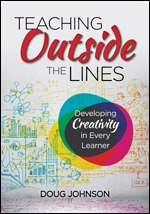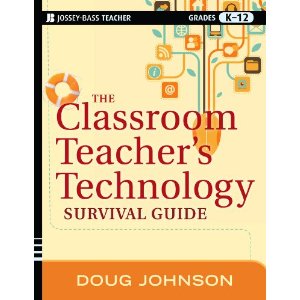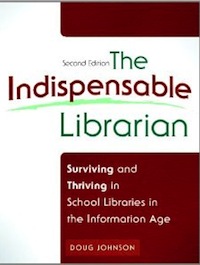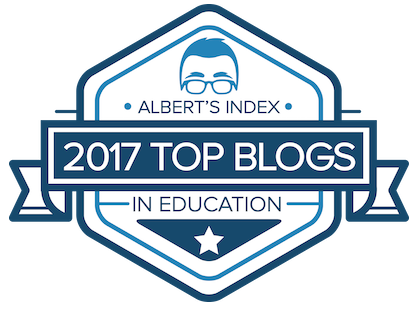Are we moving ahead or backward?
 Thursday, March 2, 2006 at 02:16PM
Thursday, March 2, 2006 at 02:16PM It took me awhile, but I finally found the webpage "77 Ways Teachers Are Using Technology in the Classroom in District 77" I created 10 years ago. What spurred the search was a "gee whiz" article on students following some online expedition somewhere. I thought. "Why are we still exclaiming about things like this after having been doing them for a decade or more?"
As I look at the list, I can't help but think we may well have gone backwards in the past 10 years. The focus in classrooms today is so tight on reading, writing, math and test scores fewer teachers seem willing to try something new (and exciting.)
Plus our tech efforts still seem so scattershot. Why do we not have the same level of sophistication regarding technology and information literacy curricula as we have for reading, math, writing and the content areas - or commitment to implementing such a curricula?
Big sigh...
(Oh, I finally found this webpage on our isd77 server when I accidentally typed the search term "77 ways" into Google when I thought I was typing it into Spotlight. Amazing.)









